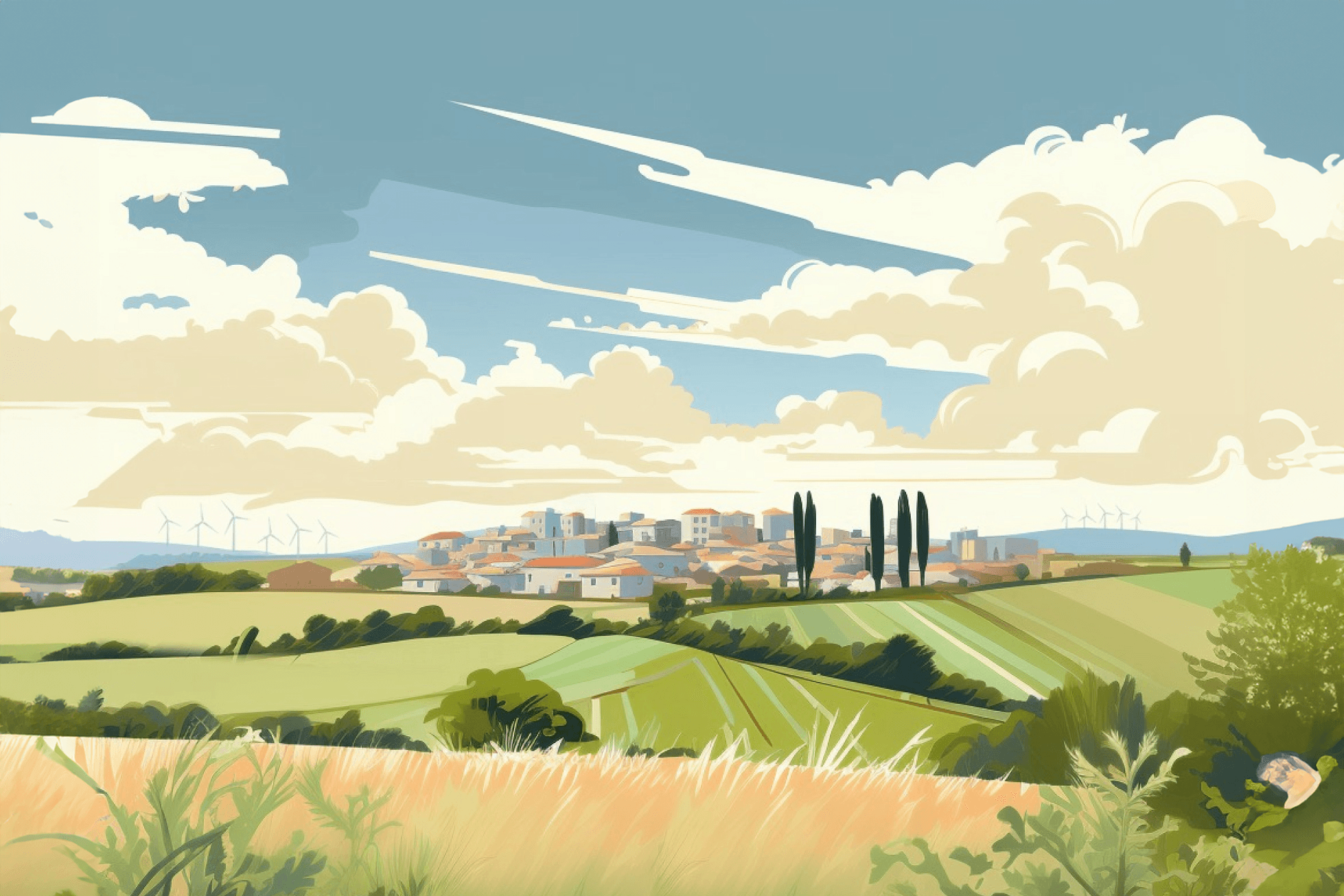
You Can’t Just Call People a Nazi Because You’re MadOct 2
every few years, the same sad contingent of ruby on rails malcontents tries to cancel me. but now that the usual threats aren't working, they're upping the ante
Mar 27, 2024

I’ve been enchanted by the question of our cities, and in particular the thought of building new cities, since I was a little boy obsessed with the themed communities, the monorails, the hydroponic gardens at Disney World. But even at that early age, I was haunted by the question of why our real world was so lacking in this kind of imagination. I chased these subjects throughout most of my adult life, and by 2020 it was clear the problem of our American city was not merely a failure to progress, but something much more like the opposite — our urban core was dying. Solving this problem is the challenge of our generation, and our journey begins with a project not only practical, but inspirational, and therefore capable of jump-starting our sclerotic society back to life. I think California Forever just might be that project.
Jan Sramek, CF’s founder, is building a whole new city in the Bay Area. Devon Zuegel, a talented, thoughtful writer and technologist wrote a fantastic primer on the project, which we’ve excerpted below (and be sure to read the full series on her great site here). Today, Devon and Jan join me on the Pirate Wires Podcast for an exciting discussion on California Forever’s ambition, the challenges ahead, and our country’s great potential.
— Solana